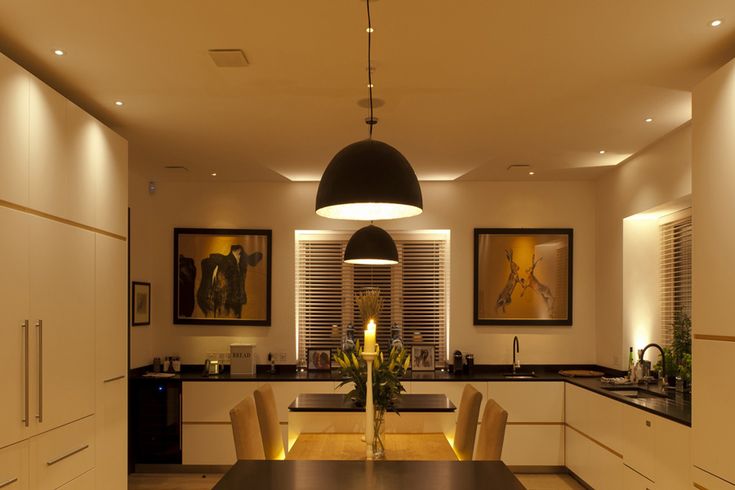
When we think of beautiful interiors, our minds often jump to luxurious sofas, elegant wall finishes, and artful accessorizing. But there’s one element that has the power to transform how a space feels — without altering a single piece of furniture. That element is lighting.
Lighting is not just functional; it’s atmospheric, emotional, and architectural. It defines moods, draws attention, and creates intimacy. In the hands of a good interior designer, it becomes the invisible magic that makes everything else shine — literally and figuratively.
The Three Layers of Lighting Design
Interior lighting isn’t about just throwing in a couple of overhead fixtures and calling it a day. Great design involves creating layers of light, each serving a distinct purpose.
1. Ambient Lighting
This is your base layer — the general illumination of a space. Think ceiling-mounted fixtures, LED panels, or recessed lights. It sets the overall tone and ensures basic visibility.
2. Task Lighting
Focused and functional, this lighting supports specific activities. Reading lamps, under-cabinet lighting in kitchens, and bathroom vanity lights fall into this category.
3. Accent Lighting
This is where the drama lives. Wall sconces highlighting art, cove lighting that traces architectural lines, or even floor uplights that add sculptural flair — accent lights draw attention and add depth.
The Psychological Impact of Light
Humans are deeply affected by light. Our moods, productivity, and even sleep cycles are influenced by it. That’s why lighting is more than a technical decision — it’s a design tool that directly impacts wellbeing.
-
Warm lighting (2700K–3000K) promotes relaxation, making it ideal for living rooms and bedrooms.
-
Cool lighting (4000K–5000K) improves focus and alertness, perfect for workspaces and kitchens.
Color temperature, glare, brightness levels, and even the direction of light can evoke calm, energy, focus, or intimacy.
Common Lighting Mistakes to Avoid
Even the most well-designed spaces can fall flat with poor lighting. Here are some mistakes to watch for:
-
Overhead-only lighting: A single ceiling light creates harsh shadows and lacks dimension.
-
Incorrect color temperature: Using cool lights in cozy zones or vice versa ruins the mood.
-
Lack of dimmers: Without control, lighting can’t adapt to different times or tasks.
-
Ignoring natural light: Daylight should be the starting point — then layer artificial light around it.
-
Too many downlights: A grid of downlights can make a room feel like an airport.
How to Plan Lighting Like a Pro
A thoughtful lighting plan should start at the concept stage — not after the interiors are done. Here’s how professionals approach it:
-
Understand user needs: Lighting for a chef differs from that of a reader.
-
Zone lighting: Use different layers in each functional zone (dining vs. lounging vs. working).
-
Play with height: Use pendant lights, wall lamps, and floor lamps to add vertical variety.
-
Control systems: Use smart lighting or simple dimmers to adapt to time and mood.
-
Material reflectivity: Consider how surfaces reflect or absorb light — matte vs. glossy, dark vs. light.
Trends in Lighting Design
Lighting, like fashion, evolves. Here are some trends that are defining 2025 interiors:
-
Sculptural lighting: Fixtures that double as art pieces.
-
Layered dimmable systems: Custom lighting profiles for every activity.
-
Retro revival: Mid-century globes and rattan pendants are making a comeback.
-
Integrated cove lighting: Seamless architectural lighting that blends into the ceiling or walls.
-
Tunable white light: Lights that shift temperature throughout the day to mimic natural sunlight.
Conclusion: The Mood Maker of Every Room
Lighting is the silent storyteller of every room. It can turn a cold apartment into a cozy retreat, a basic kitchen into a chef’s haven, or a dull office into an energized zone. Done right, it’s a symphony of mood, function, and beauty.
So next time you admire a well-designed room, ask yourself — is it the color palette… or is it the way the light dances on the walls?